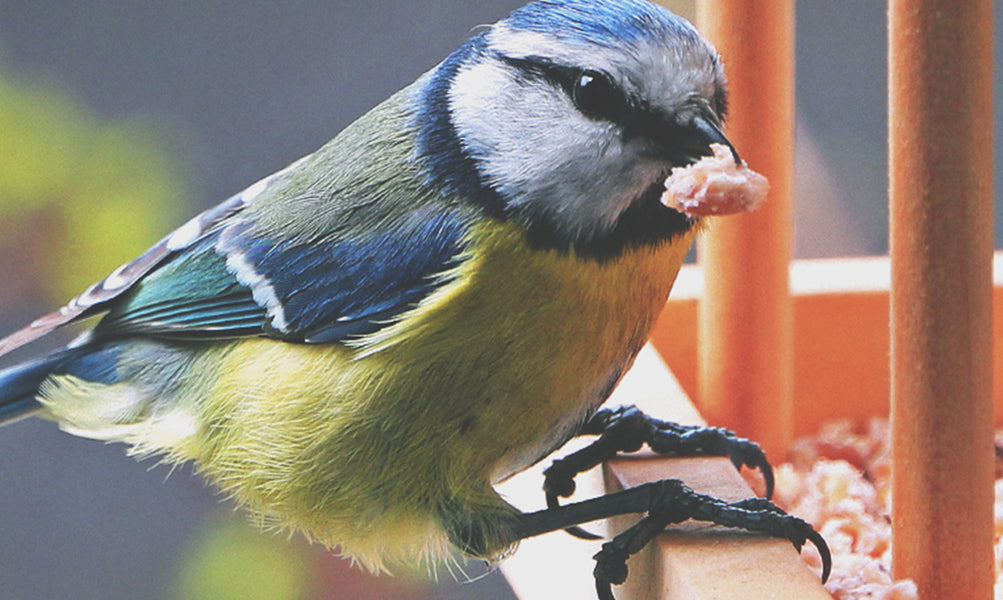
If you enjoy feeding birds, late winter can be a very exciting time as the migrants start to arrive and claim a place on the feeder beside the birds we’ve been watching all winter. It’s also a time, however, to be extra vigilant about keep your bird feeders clean!
Each year in Iowa, especially during late winter, officials receive reports of sick or dead birds at feeder locations, particularly in the southern part of the state. Aspergillosis, a disease caused by a fungus which often grows in contaminated feed or litter, is one of the main causes of sick and/or dying birds at feeders. When the temperature warms, fungus quickly grows. Birds feeding on contaminated grain often become sick and die.
Salmonellosis is another disease that is contracted at feeders. This disease is caused by the Salmonella bacteria. It is transmitted mostly by contamination of bird droppings, frequently those found in the birds’ feed or water. It can also spread when one bird comes into direct contact with another. Birds suffering from this disease can appear weak, listless, and fluffed-up, and they might suffer convulsions before they die. Some of the finches that appear to be sick have “house finch disease” or conjunctivitis, a disease which causes swelling of the eye tissue but is not always fatal. While this disease was much more prevalent about twenty years ago than it is now, it still shows up in finches at feeders from time to time. This disease particularly affects the respiratory system and is caused by the bacterium, Mycoplasma gallisepticum, which poses no threat to humans. As the name suggests, the disease mostly affects House Finches, but there have been a few documented cases of the disease in American Goldfinch, as well. Since birds concentrate at bird feeders, the risk of disease spread can especially increase during times when large numbers of this species are sharing the same feeding sites.
The good news about all three of these diseases is that they are largely preventable. Practicing good hygiene at feeder stations is the key. Clean bird feeders and waterers with a percent bleach solution about once each month. Make sure the feeder is dry before refilling it with seed. Of equal importance to disinfecting the feeder is cleaning up spilled seed and bird droppings below feeders. Be sure to wear rubber gloves while cleaning the feeders, since humans can contract some diseases, such as those caused by some Salmonella bacteria, from affected feeders or sick birds. Also you can think about adding extra feeders to your yard, which can slow down spread of disease by eliminating overcrowding.
